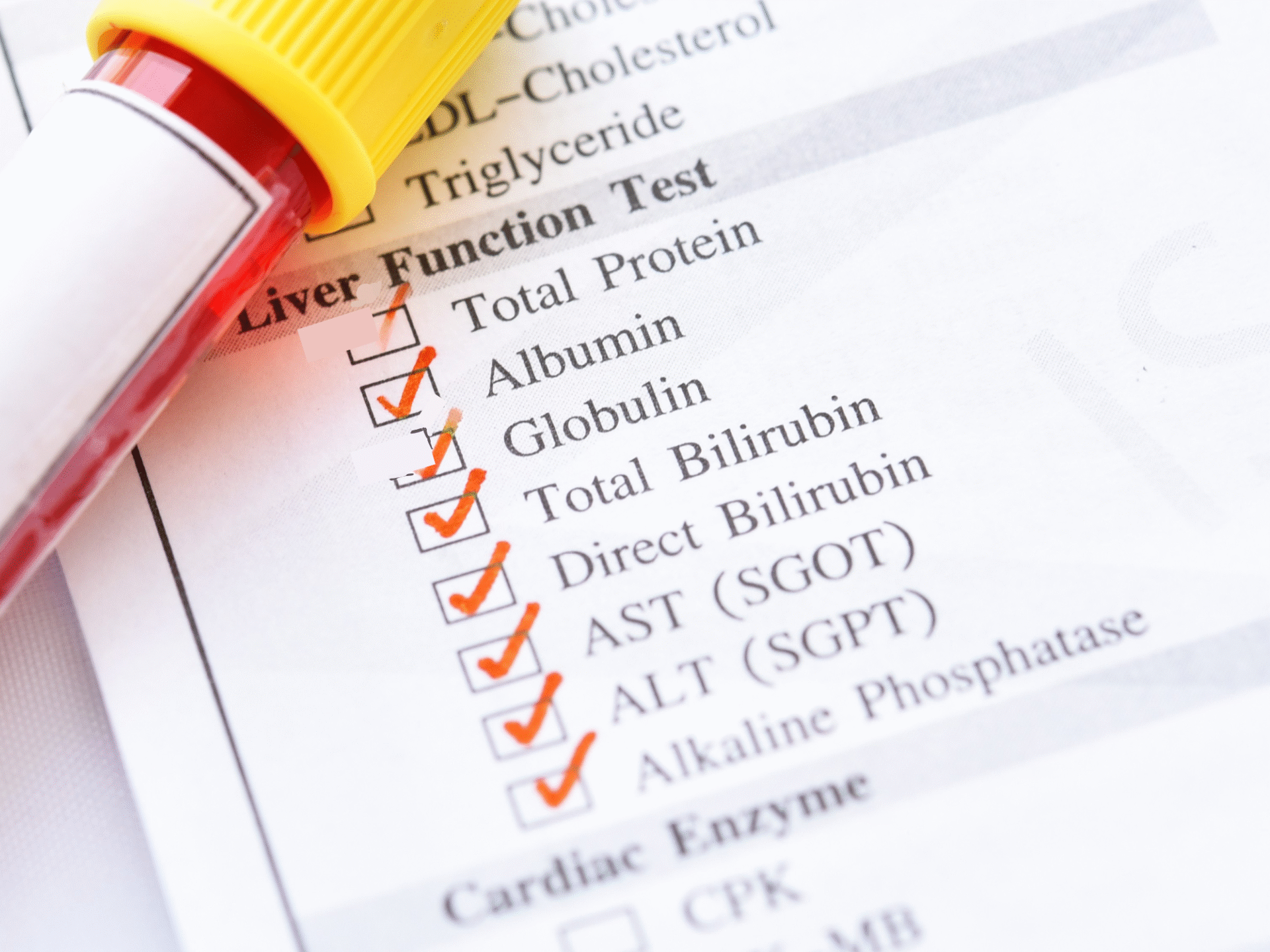Primary Sclerosing Cholangitis (PSC) is a rare, chronic liver disease that causes inflammation and scarring of the bile ducts. PSC can take years to correctly identify due to symptoms which are common with other conditions.
Some individuals affected by PSC may encounter few, if any, symptoms. PSC is often diagnosed through blood tests before symptoms occur. However, some individuals do experience early symptoms such as:
- Pain – Felt in the middle or right side of the abdomen or on the right side towards the rib cage. The pain can also extend to the shoulder blade area. It can be of differing severity, and can last for a varying amount of time. This can often be referred to as right upper-quadrant (RUQ) pain.
- Fatigue – Sometimes described as feeling run down or unable to get adequate sleep. Fatigue can also be described as flu-like exhaustion that does not go away with sleep or rest.
- Intense Itching (Pruritus) – Can occur anywhere. Pruritus is commonly experienced on the soles of feet or palms of hands and can also occur in the eyes and mouth.
- Jaundice – The development of a yellow tint of the skin and eyes. Other symptoms can be dark urine or pale or clay coloured stools. Jaundice is caused by a buildup of too much bilirubin which the liver cannot process. Bilirubin is a yellow substance produced by the breakdown of red blood cells and which passes through the liver to be eventually excreted from the body.
In addition to these initial symptoms, as the disease progresses, individuals diagnosed with PSC may also experience:
- Depression – A long term period of sadness, loss of interest in normal activities or hopelessness perhaps for “no reason” that you don’t seem able to overcome through your usual means of cheering yourself up.
- Chills and Fever – May be signs of a bacterial infection in the bile ducts often referred to as a cholangitis attack or acute cholangitis. A bacterial infection in the bile ducts is an emergency and requires immediate medical attention and treatment.
PSC is often experienced differently for each individual. The disease is also known to progress at varying rates. It’s important to always discuss new or worsening symptoms with your doctor.


















